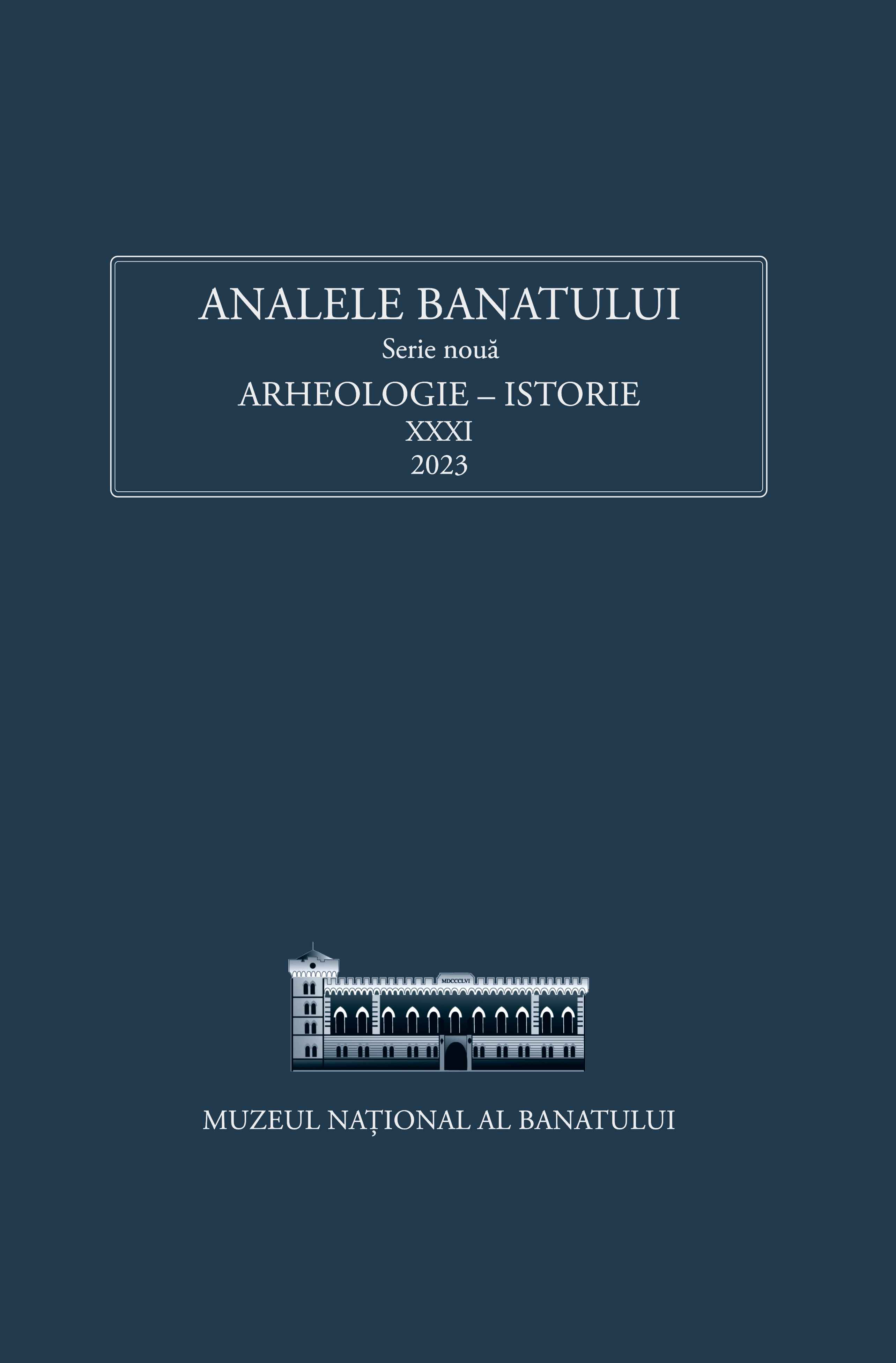„IN NUMERUM PROSCRIPTORUM MALEFACTORUM ASSIGNATI“. PROSCRIPTION IN BANAT AND TRANSYLVANIA IN THE MIDDLE AGES (14TH–15TH CENTURY)
„IN NUMERUM PROSCRIPTORUM MALEFACTORUM ASSIGNATI“. PROSCRIPTION IN BANAT AND TRANSYLVANIA IN THE MIDDLE AGES (14TH–15TH CENTURY)
Author(s): Miloš MarekSubject(s): Criminal Law, Local History / Microhistory, 13th to 14th Centuries, 15th Century, Penal Policy, Comparative Law
Published by: Editura Mega Print SRL
Keywords: Proscription; crime; general congregations; Transylvania; Banat; 14th–15th century;
Summary/Abstract: An important part of medieval Hungarian justice was the proscription. It was a legal procedure taken at special assemblies of regional aristocracy held upon the order of the king and presided by the palatine or a person in the dignity of baron (e. g. duke of Transylvania). At these judicial assemblies people accused of crime were listed in registers. When they did not attend the assembly the county authorities found them guilty in absentia, proclaimed as public malefactors and the palatine outlawed them, which meant sentencing to death and confiscation of their property. In comparison with other parts of the kingdom of Hungary only one proscription register from the voivodate of Transylvania and its seven counties and from the territory of modern Banat has been preserved. From this and from other medieval documents we know that also in these parts of kingdom, the general congregations dealt with criminals, who had been summoned before their courts and recorded in proscription lists. Several documents about the proscribed persons and their destinies have been preserved, the data of which are discussed in this papers.
Journal: Analele Banatului S.N. Arheologie-Istorie
- Issue Year: XXXI/2023
- Issue No: 1
- Page Range: 193-202
- Page Count: 10
- Language: English

